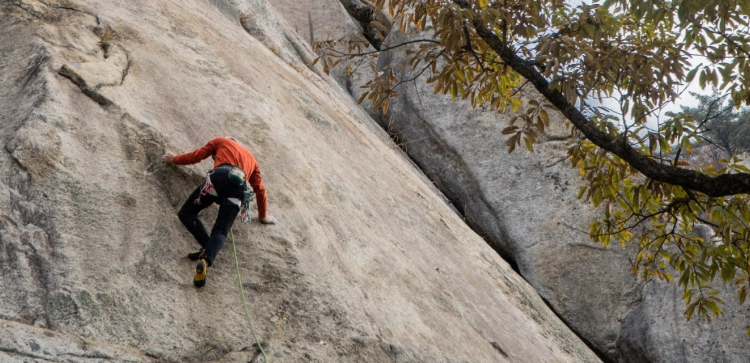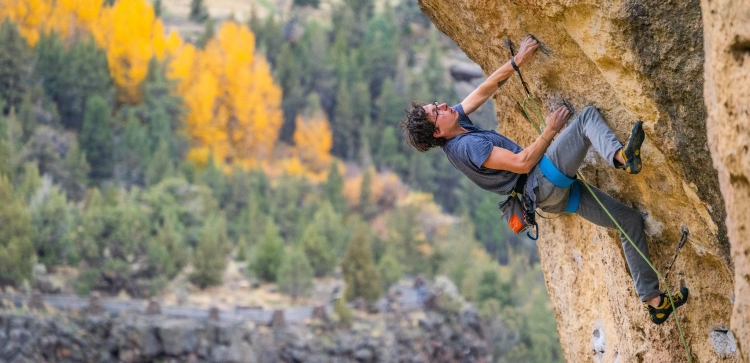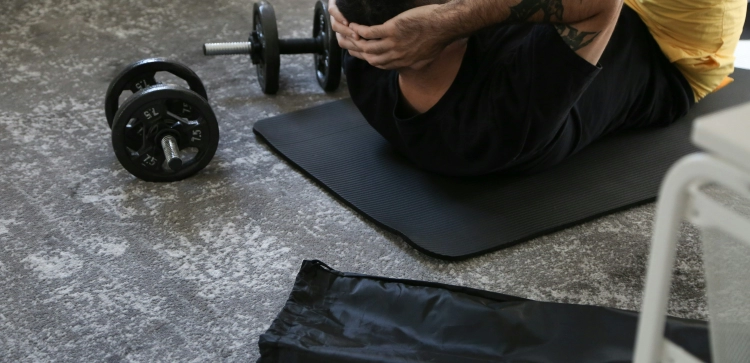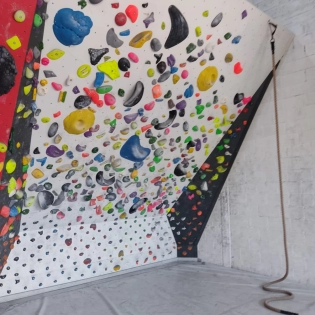How Does Body Positioning Impact Climbing Efficiency?

Climbing isn't just a test of raw strength; it's a complex interplay of technique and strategy. One crucial aspect often underestimated is body positioning. Your body's alignment on the wall can spell the difference between an efficient ascent and an exhausting struggle. In this article, we'll delve into the art of body positioning in climbing and its profound impact on your overall efficiency.
- Body Positioning For Efficient Climbing
- So, Can Proper Body Positioning Conserve Energy While Climbing?
- How Can You Refine Your Body Positioning Skills For Climbing?
- Is Body Positioning Equally Important In All Climbing Styles?
- What Role Does Flexibility Play In Effective Body Positioning?
- For Overhangs, Are There Specific Body Positioning Techniques To Master?
- How Do Seasoned Climbers Excel In Body Positioning?
- Lastly, Can Body Positioning Reduce The Risk Of Injuries In Climbing?
- In Conclusion
Body Positioning For Efficient Climbing
Efficiency in climbing hinges on body positioning. When you position your body optimally, you reduce muscle fatigue, conserve energy, and maintain balance.
The Role of Body Positioning in Climbing Efficiency
Let's start with the basics: How exactly does body positioning impact climbing efficiency?
Body positioning is more than just aesthetics; it's about mechanical advantage. Proper body positioning allows you to utilize holds more effectively and make controlled movements, translating to less effort and better performance.
Navigating Common Body Positioning Pitfalls
Now, let's address the pitfalls. What are some common mistakes in climbing?
One frequent error is over-gripping holds. Clinging desperately to holds not only expends unnecessary energy but also limits your options. Another common mistake is neglecting to engage your lower body effectively, leading to an over-reliance on upper body strength.
Properly utilizing body positioning techniques can help reduce over-gripping and allow you to move more fluidly on the wall.
So, can proper body positioning conserve energy while climbing?
Absolutely. Efficiency equates to less energy expenditure. When you move efficiently, you can take on longer routes and more demanding climbs without succumbing to exhaustion or getting pumped.
How can you refine your body positioning skills for climbing?
Improvement comes through deliberate practice. Spend time on the wall experimenting with different positions. Focus on keeping your hips close to the wall, distributing your weight effectively, and leveraging your legs for support.
Is body positioning equally important in all climbing styles?
Not quite. The nuances of body positioning vary with climbing style. Overhangs demand core engagement and techniques like the drop-knee and twist-lock. Slab climbing, on the other hand, calls for precise weight distribution on minuscule footholds.
What role does flexibility play in effective body positioning?
Flexibility is your ally. Regular stretching can enhance your reach and maintain balance on precarious holds. It's the key to executing optimal body positioning.
For overhangs, are there specific body positioning techniques to master?
Indeed, overhangs require finesse. Techniques like heel hooking, toe hooking, and flagging become invaluable tools for maintaining balance and control on steep terrain.
How do seasoned climbers excel in body positioning?
Experience brings intuition. Seasoned climbers adapt their body positioning to the unique demands of each climb, conserving energy and executing precise movements effortlessly.
Lastly, can body positioning reduce the risk of injuries in climbing?
Absolutely. Proper body positioning minimizes strain on tendons and ligaments, decreasing the risk of overuse injuries. It also aids in avoiding awkward twists and falls that can lead to injury.
In Conclusion
Efficiency is the name of the game in climbing, and body positioning is your secret weapon. By understanding its significance, honing your skills, and adapting to diverse climbing styles, you'll find yourself scaling routes with grace and reserving energy for your next project.

















